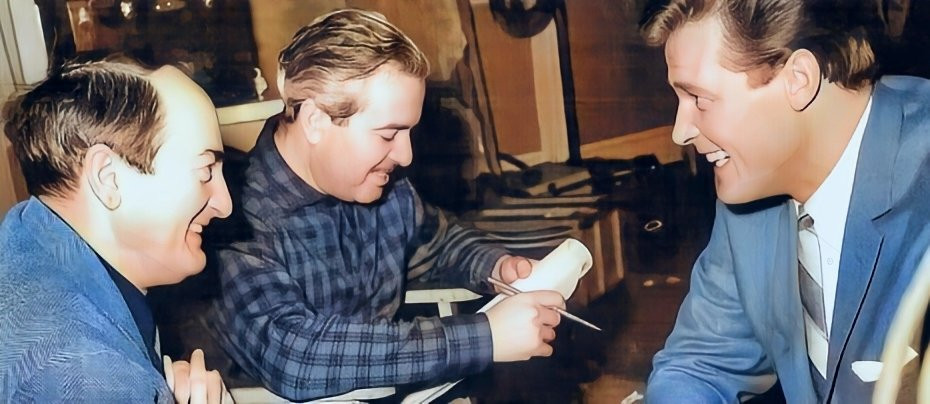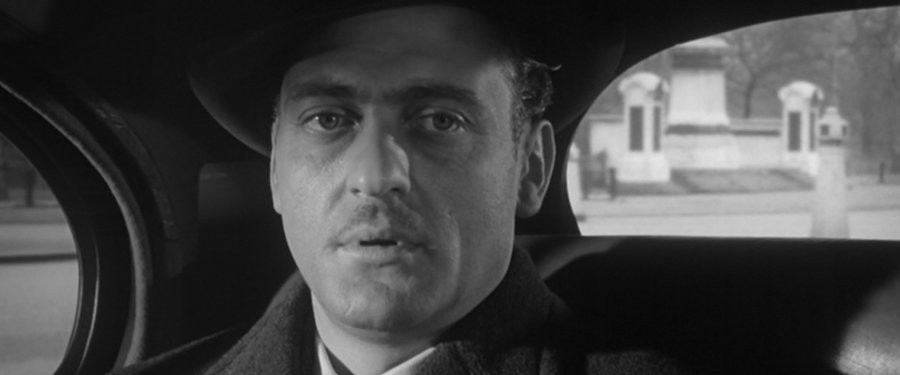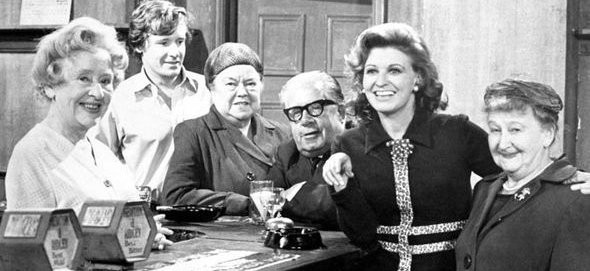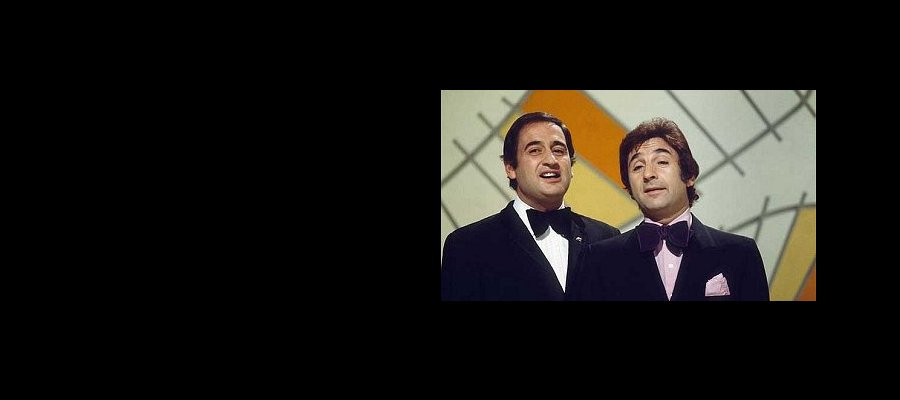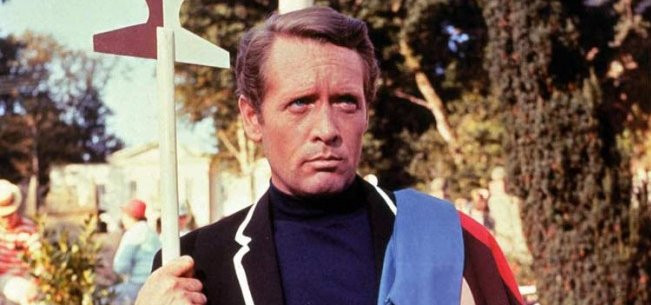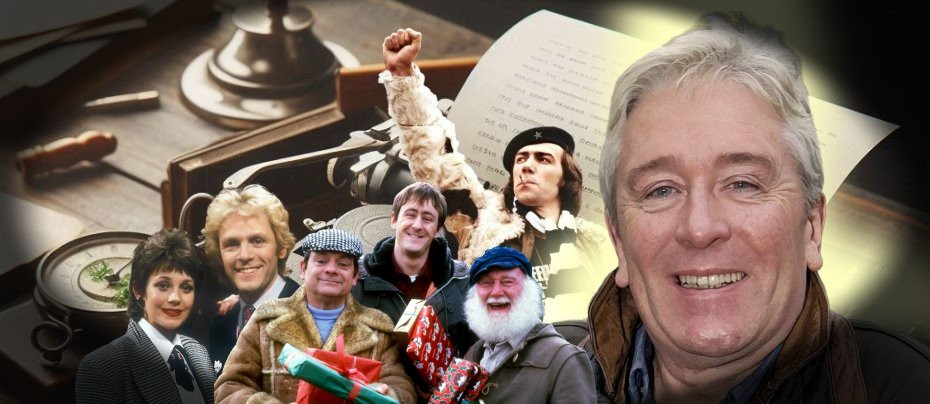
Violet Carson
‘She very quickly became the most talked about character on the street’
Violet Carson remembered by Brian Slade
When Coronation Street first hit television screens back in 1960, it wasn’t as soap operas are now. The need for stabbings, disasters, stalkers and murderers seems alarmingly accepted nowadays, but in 1960 there was a need for something a little more memorable from the actors rather than from unbelievable storylines and gruesome demises. One of the most formidable characters in the show’s infancy put the world to rights in the snug at the Rovers Return – Ena Sharples. And behind that combative exterior was the talented Violet Carson, whose musical and acting talents were sadly lost behind the success of the indominable Ena.
Violet Carson was born to a mill worker and his amateur singer wife in a terraced house in Ancoats, Manchester, an appropriate location given the nature of her most famous role years later. Both of her parents had artistic talents so it was no surprise that Violet would be thrust into the musical world at an early age, taking piano lessons at just three years old. Her sister Nellie would be by her side for her entire life, the pair having first performed together as the Carson Sisters, Nellie learning the violin as a child.

At the age of 15, Violet began earning a small wage playing the piano at the Ambassador Cinema, Pendleton as accompaniment to the silent movies on show. As talkies came along so she transferred her skills to the radio, first appearing in 1924 and relying on her vocal talents. She once again appeared with her sister Nellie as Soprano, Violet herself Mezzo-Soprano. The 1920s would end in heartbreak, however. Having married her childhood sweetheart, George Peploe, in 1926, she was widowed in 1929.
Regular radio work didn’t surface until the mid-1930s when Violet began appearing on Regional North Programme in Songs at the Piano. It only took a few years for her talents to expand beyond the North, Radio Times taking great delight in announcing her as ‘Entertainer at the piano,’ in 1937, ‘a most versatile artist - solo pianist, accompanist and ‘straight’ singer.’ Her talents were being recognised and provided a comforting audio presence on such programmes as Songs That Father Sang and A Right Good Do! with George Formby. In 1939, she appeared somewhat prophetically in a programme called The Northcountry Woman, in which alongside several other women from the North, she discussed ‘things interesting to themselves,’ on this particular occasion critiquing men’s clothes! A sign of the future Ena perhaps…
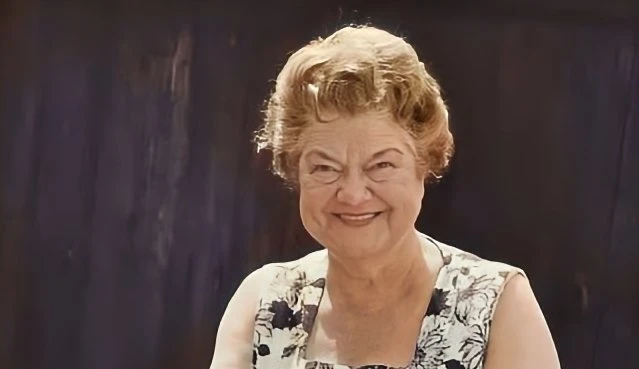
Two particular career-defining offerings would come Violet’s way during her early radio years. She had already become a regular contributor to Children’s Hour. Possessing a dainty and pristine level of enunciation, far from the heavy-duty harshness that would typify Ena Sharples, Violet was a comforting voice for radio’s younger listeners. Then in 1940 she first appeared on New Tunes for Old alongside Wilfred Pickles. She would perform with Pickles on many shows and would eventually join him as pianist on the hugely successful Have a Go, a programme that saw Pickles take to the road and challenge members of the public to win money for their answers to questions while asking them about their lives. Pickles’ wife Mabel joined in, with Violet Carson providing piano accompaniment for many years. The programme is often cited as having attracted in excess of 20 million listeners.
During her time on Children’s Hour, one child performer who was taken by Violet’s strong presence was an early teen called Tony Warren. Warren would of course eventually create Coronation Street, even hypothesising at times that he may have gotten the idea from when Violet entertained the children on the programme with a song called Bolton’s Yard during a power failure.
When Warren was running out of options to cast the final lead character in his new Granada Television production, Coronation Street, he recalled Violet Carson. He was reported to have told her that this combative battle-axe that she would be playing was somewhat of a difficult character.
‘She’s not difficult, she lives in every back street I know. I’ve known this woman all my life,’ she told Warren. And so, history was made.
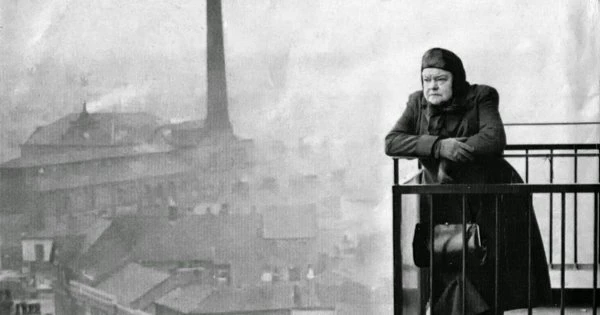
Ena Sharples burst onto screens shortly before Christmas 1960. Hair permanently in a hair net and with a scowl to scare people from the streets, Ena was a dominant woman who considered herself to be the morally superior member of the street. She would sit in the snug with Minnie Caldwell and Martha Longhurst and dispatch her wisdom, wanted or not, and her critique of the morally corrupt population of the street, with her primary target being the equally fearsome Elsie Tanner (Pat Phoenix). Ena had high standards and saw happiness and compassion largely as weaknesses. Her tongue was sharp enough to cut you down with one sentence, despatched without delay when giving her verdict of somebody’s antics. She was deemed to be the rock on which they built the show.
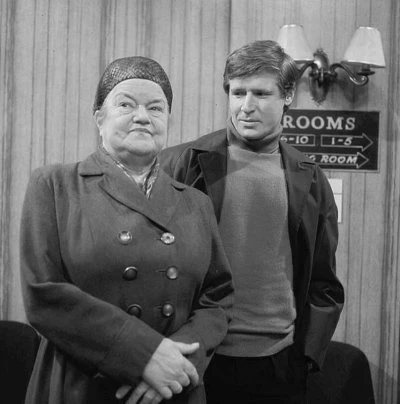
The television public took to Ena Sharples. She very quickly became the most talked about character on the street, and it became very clear that the implication for Violet Carson was that this would be the role that would define her. Having been drifting into Shakespeare on stage before taking the part, Violet was now forever Ena Sharples. She would be recognised in the streets, something she was not entirely comfortable with, and people would rather expect to see the dominant battle-axe, rather than the more refined Violet. Violet did indeed have high standards but was far less confrontational than her television alter-ego.
An initial 13-week engagement became a 20-year role of a lifetime. In 1962, Violet won ITV personality of the year for Ena, and she would be bestowed an honorary MA from Manchester University in 1965. She was particularly delighted to have the honour of switching on the Blackpool illuminations, Blackpool being her hometown where she lived with Nellie, never remarrying after the early loss of her husband.
For all the notoriety that came with Ena Sharples, there was an element of disappointment for Violet. By the time she took on the role she had carved out a successful career in musical entertainment, but as Ena’s reputation grew so the days of her comforting presence on the radio disappeared into memory. No more did people recall her for her gentle warmth around the piano. She was now the fearsome Ena forever.
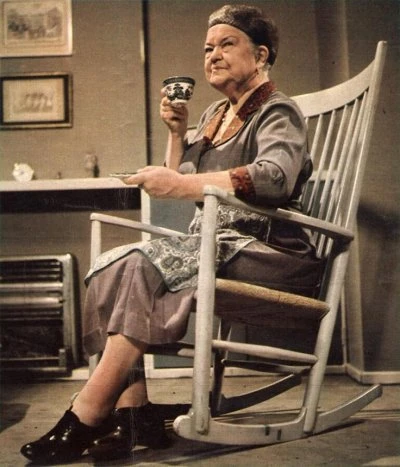
By 1980, Violet Carson’s health was failing. Her appearances became more sporadic in Coronation Street and she eventually left the programme, albeit she wasn’t given a farewell storyline of note as producers continued to hope she might return. She passed away on Boxing Day 1983, and while she may not have been thrilled at being remembered more as Ena Sharples than Violet Carson, she did concede that if being remembered as Violet wasn’t possible, Ena was a good persona to have instead. Granada Television summed up her presence on the small screen perfectly when she died: ‘To viewers, Ena Sharples in her hair net was the very personification of Coronation Street. To us, she was a lovely lady.’
Published on May 8th, 2024. Written by Brian Slade for Television Heaven.


